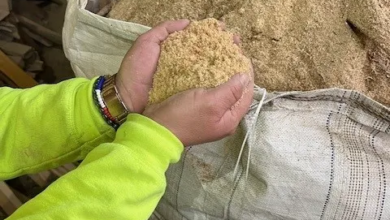Fighting the Big Fight: Incorrect Color Matching
When speaking about screen print ink, you must add opacity and coverage as equal partners in the equation.
Color is the combination of hue (actual color), saturation (how intense that color is), and brightness (how light or dark the color appears). When speaking about screen print ink, you must add opacity and coverage as equal partners in the equation.
If the ink department creates color swatches for color approval, the process must be controlled and identical to the process in production. Color-matching systems have formulas that meet the Pantone color under specific parameters. Since there are so many possible variations in the process, this approach is the only logical way to create starting formulas. When asked about the validity of a mixing system being good or bad based on one formula, a former co-worker once quipped, “Don’t judge the system, judge the formula needed for the application.” With this in mind, understand that the formulas may need adjustments based on a given application. The worst thing an ink department can do is create swatches based on parameters that do not reflect production. Drastic changes of the parameters such as heavy underbase white, or much higher color mesh will change color results.
Testing criteria in the art department must match the print parameters on the floor; the underbase white will need to be identical to what is being used in production. The mesh and parameters must be very close. The same statements go for the overprint colors. Incorrect parameters will lead to:
- Over adjustments due to color shifts in the different parameter
- Unnecessary adjusts due to wrong formulas making it out to the floor
- Wasted labor and time waiting on the adjustment
- Repeat orders will be harder to match due to “adjusted” colors
Strategies may include selecting a color that will shift to the correct color, such as a darker hue shifting to a lighter hue on the white plate, or red morph to orange when printed directly on a yellow shade shirt.
Use the color system as it was intended with color creation strategies based on the parameter needed.




